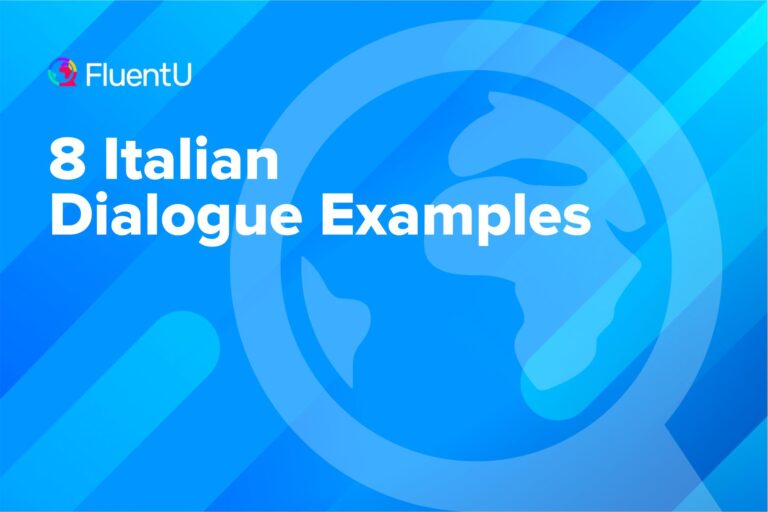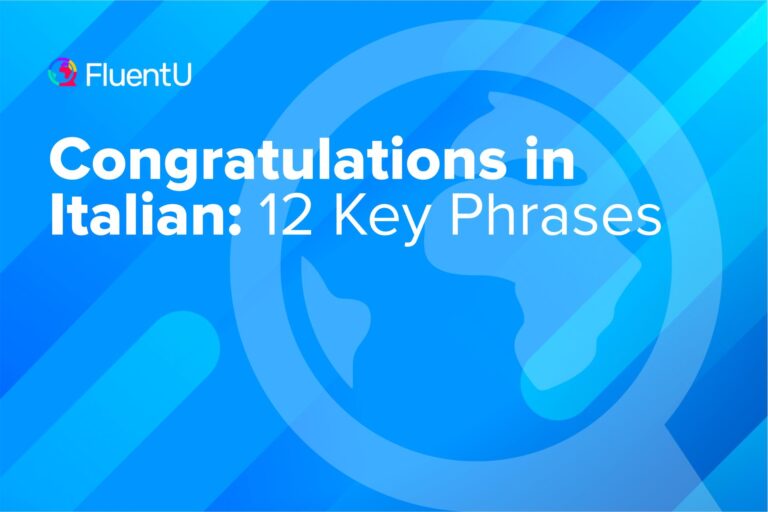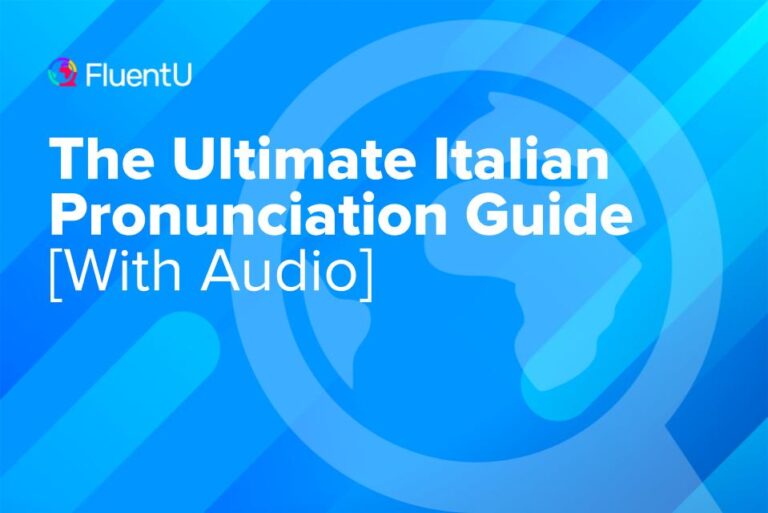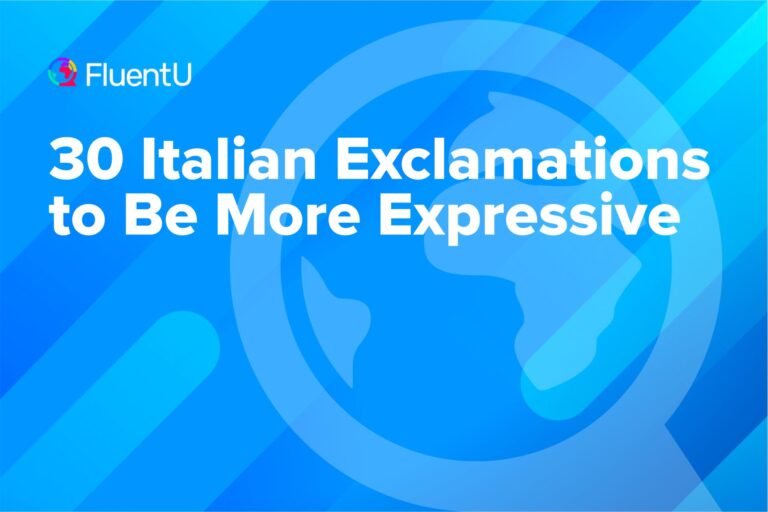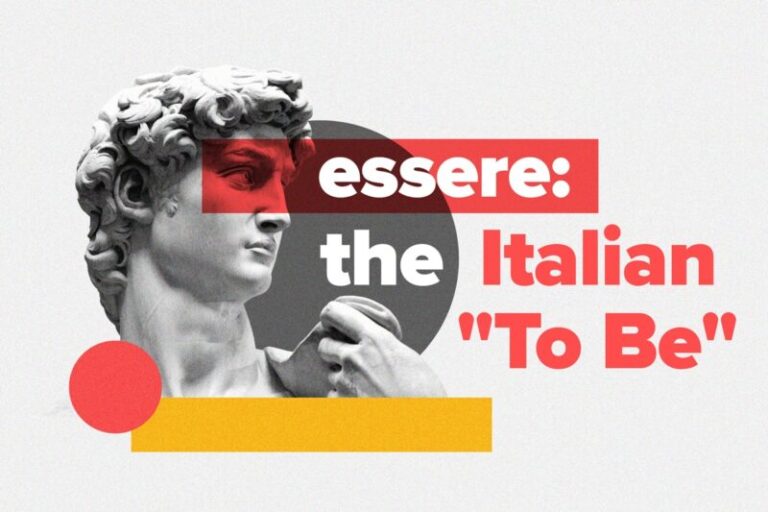The Main Italian-Speaking Countries (That Aren’t Italy) in 2025
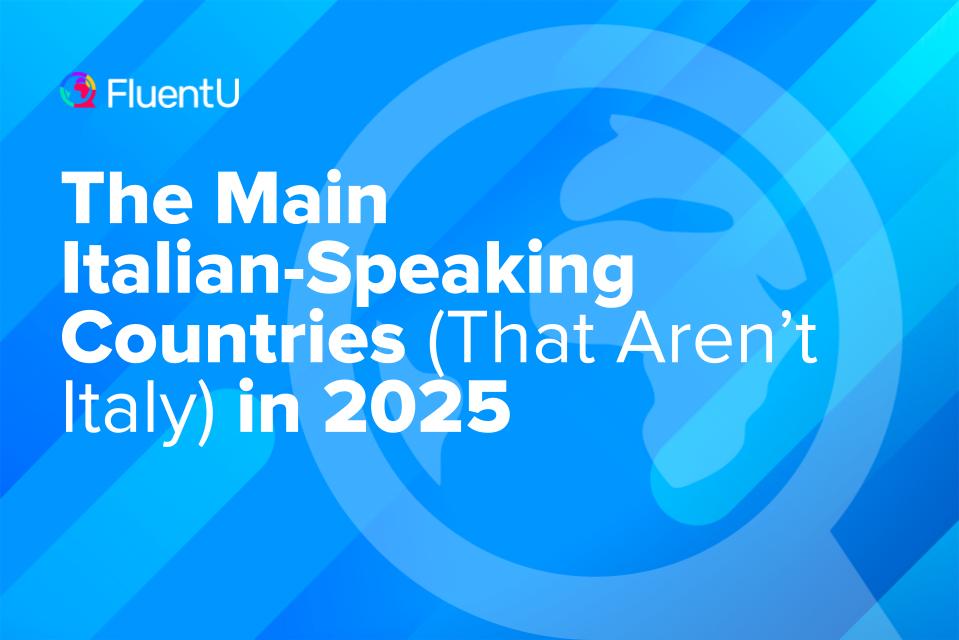
Let me guess: You’re here not just because you want to know which countries speak Italian—you want to know if it’s worth it to invest all that time and energy into learning Italian.
Well, for one, Italy—the third most populous country in Europe—is home to about 60 million native speakers.
But does anyone even speak Italian outside of Italy?
Yes, they do: more than 25 million people worldwide, in fact. So yes, it’s worth it—people speak Italian in places you wouldn’t even imagine.
In this post, we’re going to visit the main countries that speak Italian outside of Italy, which will surely prove that learning Italian is so worth it.
Download: This blog post is available as a convenient and portable PDF that you can take anywhere. Click here to get a copy. (Download)
Albania
Number of speakers (2023): 800,000
Because of its proximity to Italy, it’s no wonder that so many Albanians speak Italian. The country was once a protectorate of Italy, enjoying robust trade and solidarity with their more economically affluent neighbor.
Albanians would often learn the language mainly by watching Italian television. After the Second World War, Albania fell under a communist regime and relations with Italy were cut, but Italian culture had already made its way into Albanian hearts. Many, risking penalty from the communist government, would wire their television sets so they could watch Italian programs.
After the fall of communism, relations were re-established and many Albanians decided to migrate across the Adriatic to Italy and establish roots there. Today we see Albanian enclaves in Italy and vice versa. The two countries enjoy a mutually beneficial economic and cultural relationship.
The United States of America
Number of speakers (2023): 3.8 million
Italians, mostly coming from the south of the country, are one of the largest migrant populations that settled in the United States in the late 19th century. They settled in states like New York and New Jersey and became a driving force in America’s rise as a global power.
You’ve heard of the Cuomos, Giuliani, DiCaprio, de Niro, Pacino, “The Situation” and Chef Boyardee, and that’s just a tiny sampling of the Italian-Americans who are famous for one reason or another. In every area of life, from business and politics to media and the arts, Italians and Americans of Italian descent have made indelible marks on and vital contributions to American culture.
Italian-Americans are especially proud of their heritage and many still speak the language at home. Third-generation Italian-Americans, as well, are discovering their rich past and learning the language.
You don’t have to go very far to find Italian speakers in the United States. After Italy and Albania, the United States has the third-highest Italian-speaking population in the world.
Slovenia
Number of speakers (2023): 250,000
Frequently, at national borders between countries that speak different languages, you’ll find people that speak the languages of both countries. This is true for the Slovenian Istria—the part of Slovenia that borders Northern Italy.
The Slovenian constitution recognizes Italian as a co-official language in this area, with native speakers concentrated in the municipalities of Piran, Koper and Izola. So don’t be surprised if you see road signs in two languages in this area of Slovenia. Official government functions are also carried out in Italian.
As for the nation as a whole, it’s said that 15% of the Slovene population speaks Italian as a second language, with 5% of them using it in their daily life.
Switzerland
Number of speakers (2023): 1.2 million
“What?! You only speak two languages?” is a question you might hear from common folks in Switzerland.
The country has four national languages: German, French, Romansh and Italian. The country is bordered by Germany, France and Italy, so it’s a real linguistic crossroads. But don’t think you’ll need to lug multiple phrasebooks around the country, because many Swiss people understand English as well.
The Italian speakers are particularly concentrated in the canton (political unit) of Ticino, which historically belonged to the Duchy of Milan.
There are differences between the Italian that’s spoken in Italy and the Italian spoken in Switzerland. For example, medicine in Italy is called medicina, while it’s medicamento in Switzerland. Or for bookings and reservations, it’d be called prenotazione in Italy but riservazione in Switzerland.
Argentina
Number of speakers (2023): About 1.4 million
The Italian immigrant’s impact can never be overstated, especially in a country like Argentina.
Just like New York, Argentina’s capital, Buenos Aires, received a large share of Italian immigrants in the late 19th century. Their first stop would usually be La Boca, the port at the mouth of the Riachuelo river. Crawling with tourists because of its Instagram-worthy colorful houses, it was once the stomping grounds of Italian migrants out to make the good life in South America.
Italians have made their mark on every area of Argentine life. It’s not just the line of pizzerias and gelaterias along Corrientes Avenue nor the Campari and Fernet Branca that Argentines love to drink. It runs deeper than that. It’s actually in the blood. It’s said that around 62% of Argentines have Italian heritage. Needless to say, Italian is spoken widely in the country. Don’t believe me? Ask the Pope, who spoke Italian while growing up in Argentina, and had an Italian father.
Argentines of Italian descent are called by the slang Tanos, short for Napulitano (from Naples). Italian has shown itself in Argentine slang. For example, words like fiaca (laziness), laburar (to work), pibe (kid) and birra (beer) have Italian origins.
Vatican City
Number of speakers (2023): 825
Speaking of the Pope, another Italian-speaking enclave found at the heart of Rome is the Vatican City. At just 44 square hectares, it’s one of the smallest independent territories on Earth.
But don’t let its small size fool you. The words that emanate from it echo through the rest of the world. As you already know, the Vatican City houses the Pope, the religious and spiritual leader of the world’s 1.2 billion Roman Catholic believers.
While some rites are still conducted in Latin, your visit to the Vatican will be so much more meaningful if you can understand and read Italian.
Australia
Number of speakers (2023): 290,000
The Land Down Under might not be the first place that comes to mind when talking about Italian-speaking nations. But they’re there, mate!
Italians were among the first Europeans to land in Australia. Captain James Cook, who would later claim Australia for the British Crown, had two Italian crew members named James Matra and Antonio Ponto.
Since the 1850s up until today, Italians have come to Australia in huge waves that are very much dependent on the situation in the home country. Economic or political upheavals in Italy led many Italians to migrate to North America, South America and even Australia.
Today, Italians are one of the largest ethnic communities in Australia and Italian is the third most spoken language. Around 4.6% of the Australian population today claims Italian ancestry. This population is mostly concentrated in Victoria, New South Wales, Western Australia and South Australia.
San Marino
Number of speakers (2023): 35,0000
A tiny country completely surrounded by Italy, it’s no wonder the people of San Marino speak Italian. Italian is the official language of the state and the people of San Marino feel Italian in most senses.
Croatia
Number of speakers (2023): 19,000
Italian is an official minority language in Croatia. As of 2009, the Italian language is officially used in twenty cities and municipalities and ten other settlements in Croatia. In fact, about half a percent of Croatia’s population is made up of ethnic Italians and there are regions where up to 50% of the population speak Italian as their first language.
Croatia and Italy have a long shared history, being located on opposing sides of the Adriatic Sea. During the Renaissance, much of Croatia was ruled by the powerful Venetians in the region known as Dalmatia.
The Worldwide Influence of Italian
Italian is the official language of Italy, San Marino, Switzerland, the Vatican City and certain parts of Slovenia and Croatia. In the past, Italian was also an official language of Monaco, Albania and Malta.
The spread of Italian is a function of immigration and history. Wherever native speakers went, they not only brought with them their pots and pans, but also their language—and their wonderful hand gestures.
Even discounting those who know the language of Versace, Gucci and Prada, Italian is one of the world’s major languages and has significant populations of native and non-native speakers in Argentina, Australia, Austria, Belgium, Bosnia-Herzegovina, Brazil, Canada, Chile, Colombia, Costa Rica, Croatia, Cyprus, Egypt, Eritrea, Finland, France, Germany, Greece, Ireland, Israel, Libya, Liechtenstein, Luxembourg, Mexico, Paraguay, Philippines, Poland, Portugal, Puerto Rico, Romania, Russia, Saudi Arabia, South Africa, Spain, Tunisia, UAE, UK, the US and Venezuela.
And with eight million Italian language learners, Italian is the sixth most studied language in the world. The number of Italian speakers can only grow over time.
Why not get started yourself with this video on conversation for beginners?
Brief History of Italian
Once upon a time, the vast Roman Empire stretched from the gray skies of England to the golden deserts of Egypt. The language of the empire was Latin, spoken by ordinary people in the different Roman provinces.
However, when the Western Roman Empire fell in the 5th century, the once united empire broke into multiple political and geographic territories. Isolated and independent, the Latin in these different regions underwent different linguistic changes. As a result, we now have the different Romance languages that we have today: mainly Spanish, Portuguese, French and Italian.
Modern Italian is largely influenced by the dialect spoken in Tuscany, the region in central Italy surrounding Florence. Since ancient times, Italy hasn’t been a homogeneous house but an array of multiple dialects and accents.
What has led to the Tuscan dialect being eventually adopted was the serious cachet lent to it by writers like Dante Alighieri, Giovanni Boccaccio and Francesco Petrarch. It also didn’t hurt that Florence, the capital of Tuscany and ground zero for the Renaissance, was a political, economic and cultural powerhouse. Today, the Tuscan dialect serves as a linguistic bridge that can mediate those dialects in the northern and southern regions of Italy, and for Italian speakers around the world.
Cognate Languages: French, Spanish and Portuguese
Before we end this post, let me briefly give you a few million more reasons to learn Italian.
If you’ve been paying close attention in this post, you’ll recall that the “Romance languages” all come from Latin. And because they all developed from the same mother language, there are serious overlaps in their vocabularies and linguistic characteristics.
Did you know that an Italian-speaking tourist can make their way around Madrid, Lisbon or Paris with very little trouble? That’s because the languages have plenty of words in common. If you know Italian, you already know a lot of vocabulary words in French, Spanish and Portuguese.
This is very helpful because there are about 500 million Spanish speakers in the world, 300 million French speakers and 220 million Portuguese speakers! By learning Italian, a language very similar to these three, you’re also putting yourself a little closer to all these people.
Over the centuries, Italian feet have roamed the earth and brought with them their food, their passion for the good life and of course, their language. Your Italian will definitely take you far and wide, and it won’t be long ‘til you chance on a native speaker in the most unlikely corner of the world.
Download: This blog post is available as a convenient and portable PDF that you can take anywhere. Click here to get a copy. (Download)
